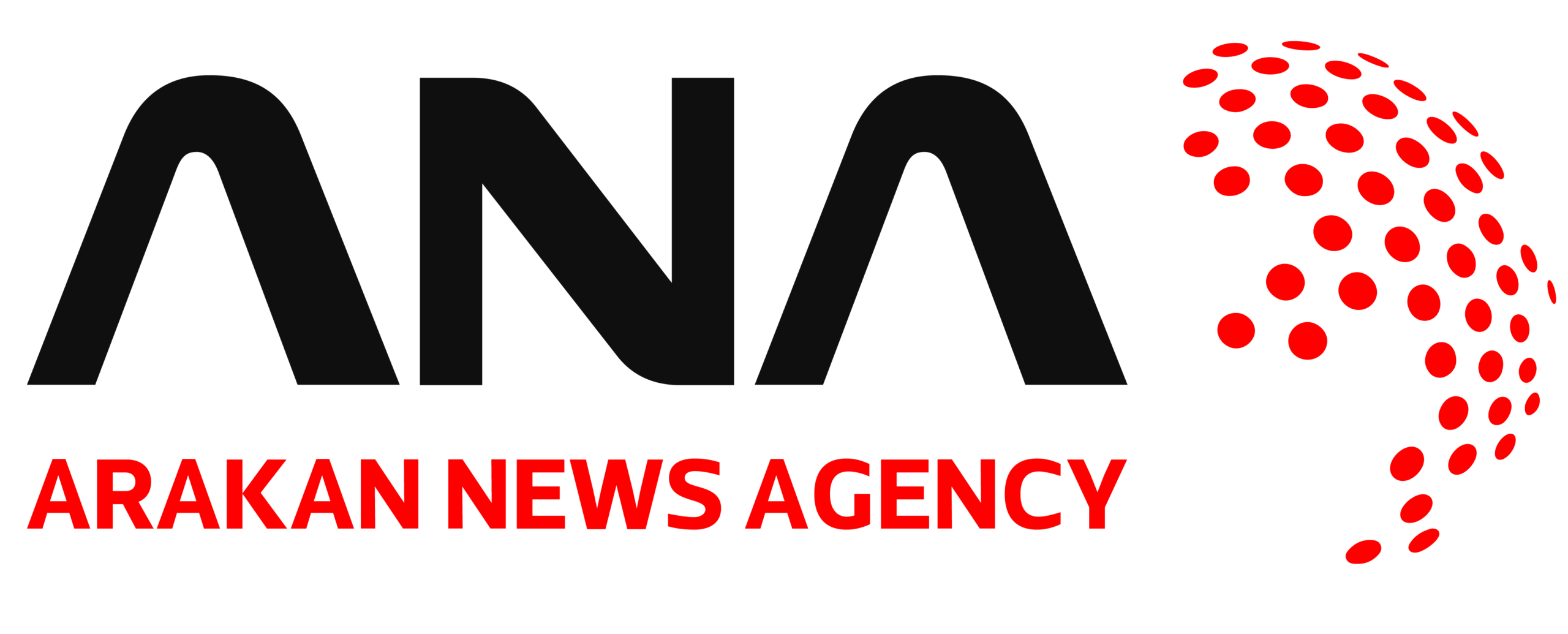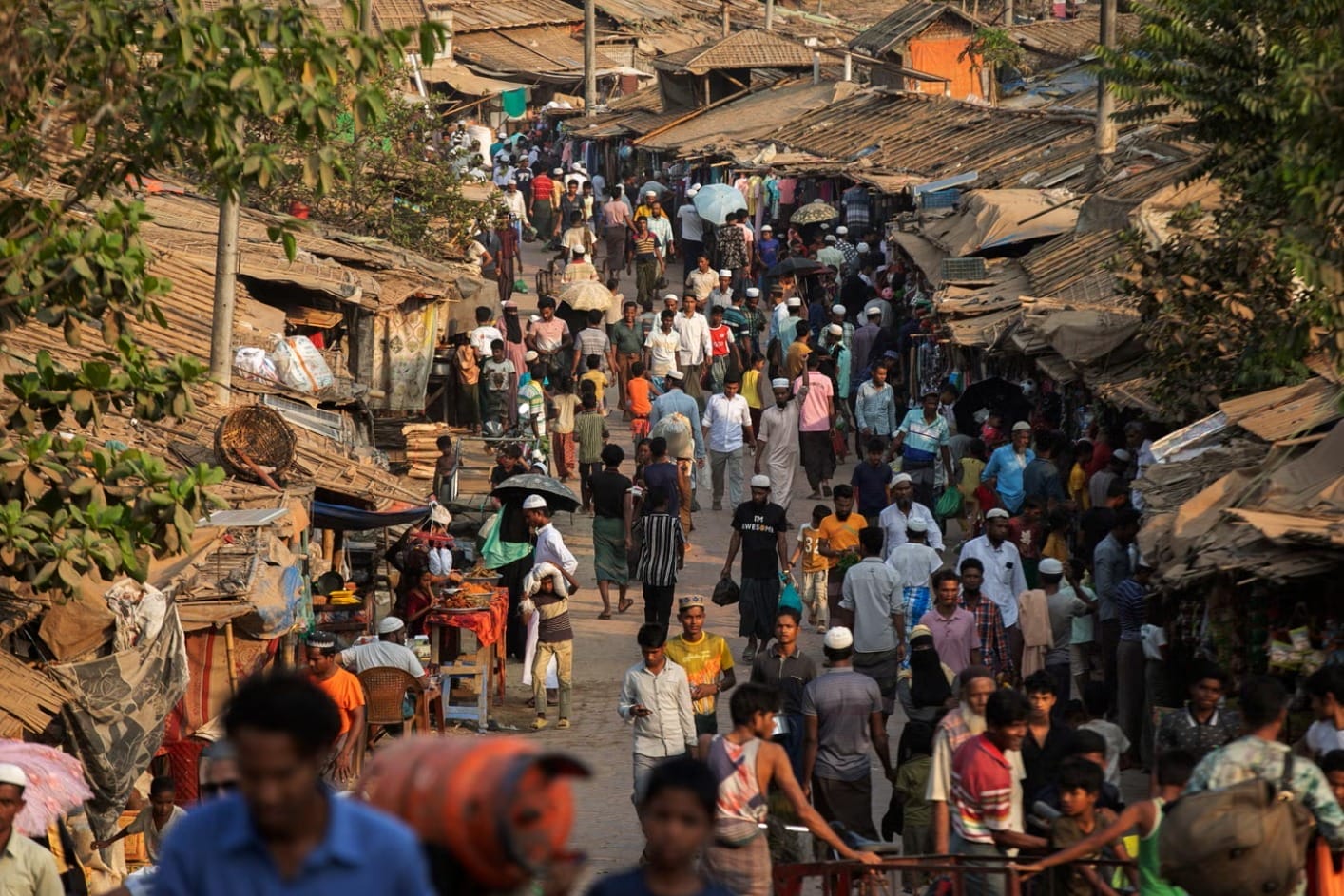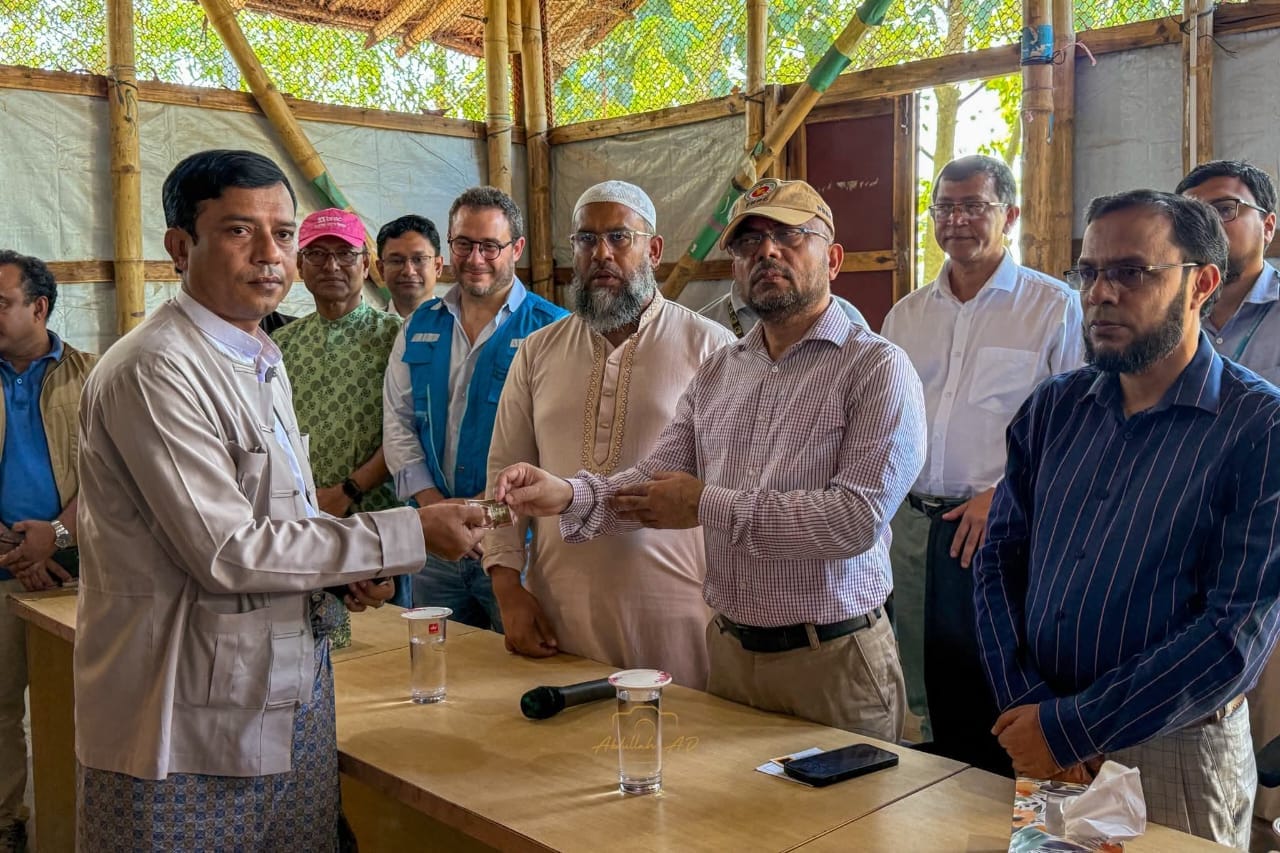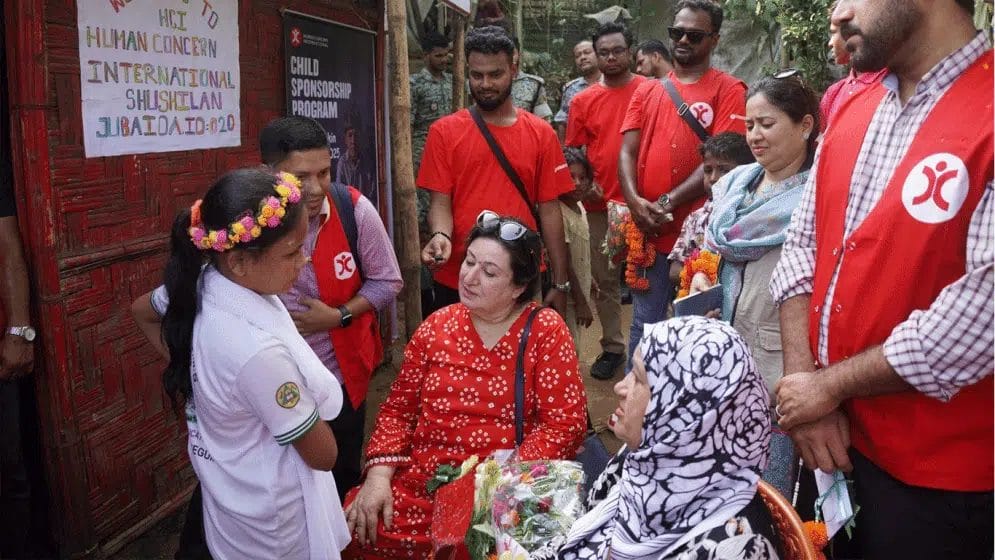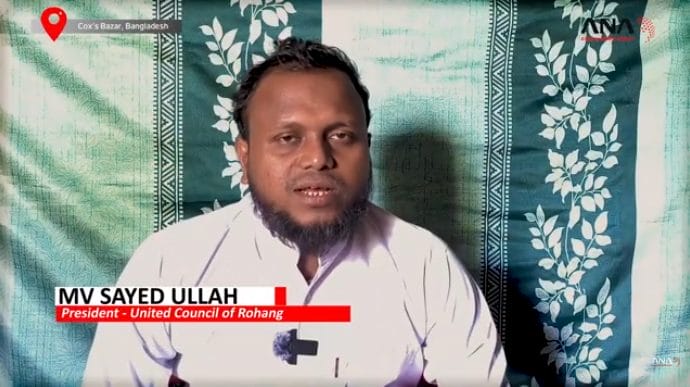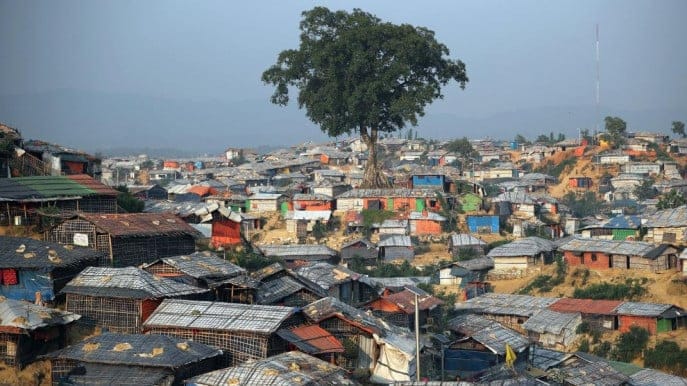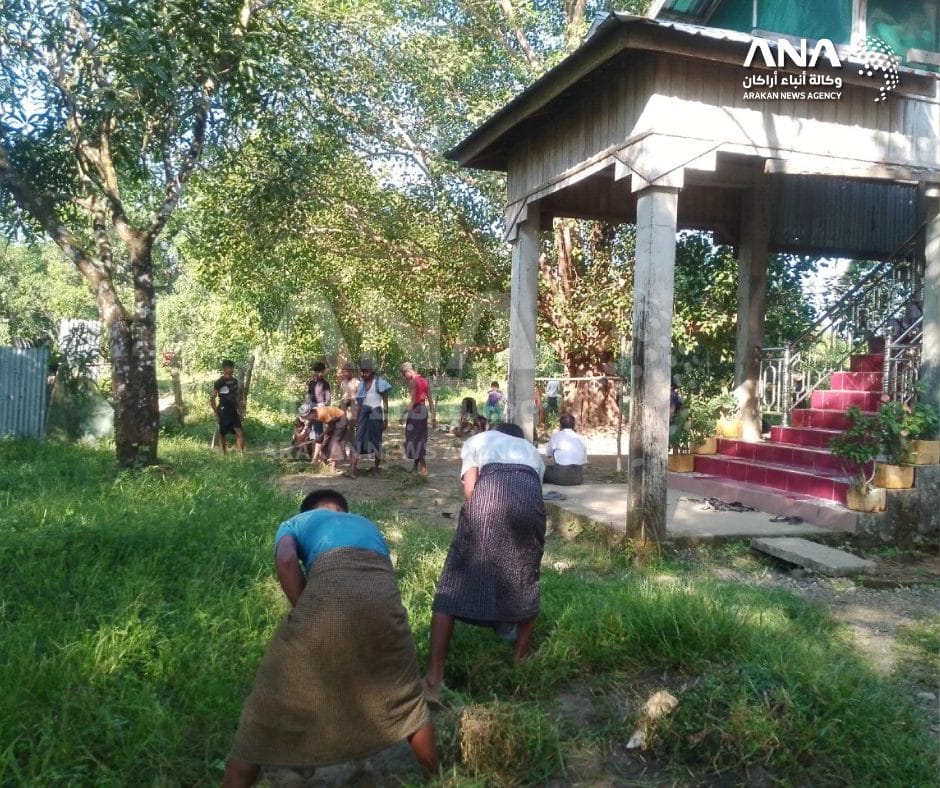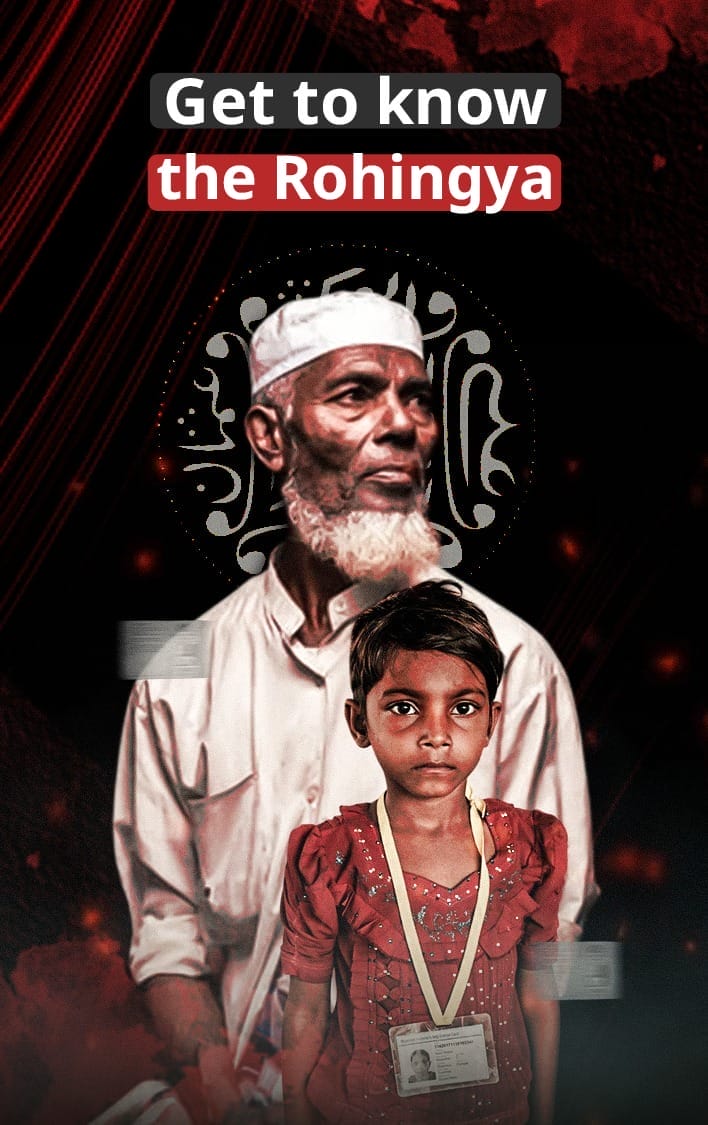Arakan News Agency
For decades, the Rohingya have been denied recognition in Myanmar, but the persecuted minority is close to securing a crucial symbol of their identity – their own unique digital alphabet.
The language of the stateless Muslim people has been included in the planned upgrade to the Unicode Standard, the global coding system that turns written script into digital characters and numbers.
It would allow the Rohingya to write e-mails, send texts and post on social media in their own language – a major step for a people who had no written script until the 1980s.
Victims of violent oppression in Myanmar that has been likened to ethnic cleansing, many Rohingya face far more pressing concerns than searching Google or sending a tweet, and most lack not just the technology but the literacy to do so.
But experts say imparting the Rohingya a digital script of their own is hugely symbolic for the recognition and survival of the marginalised people, even if it is not adopted quickly.
“If a people do not have a written language of their own, it is easier to say that as an ethnic group, you don’t exist,” said Mohammad Hanif, who developed the writing system for the Rohingya language in the 1980s.
“It is easier to repress them,” the Rohingya madrassa teacher, who lives in Bangladesh, said.
This is especially the case with the Rohingya, with Myanmar even refusing to use their name.
Myanmar refers to them as “Bengalis” instead, painting them as interlopers from Bangladesh, even though many of them have lived in the country for generations.
Experts say language is part of the issue, with Rohingya speaking a dialect of Bengali understood in Bangladesh’s southeastern Chittagong region, but foreign to the Buddhist majority in Myanmar.
The Rohingya had no written script until Hanif, an Islamic scholar who fled Arakan in an earlier surge of violence, began studying the nuances of the language.
Hanif said around 50 books have now been written using the script, which is also taught in some faith schools catering to the Rohingya in Malaysia, Pakistan, Saudi Arabia and Canada.
Other attempts at developing a writing system had used Arabic, Urdu and English scripts, the latter known as “Rohingya-lish”.
But “Hanifi Rohingya” may be the one to be encoded by the Unicode Consortium – a non-profit that oversees the global standardisation of digital characters and numbers.
A representative for the US-based consortium said Hanifi Rohingya was one of the scripts being considered in the next version, but a final decision would be made in February.
“This legitimises the struggle of the Rohingya language and its much persecuted people,” said Muhammad Noor, a software engineer who built a computer typeface for Hanifi Rohingya.
